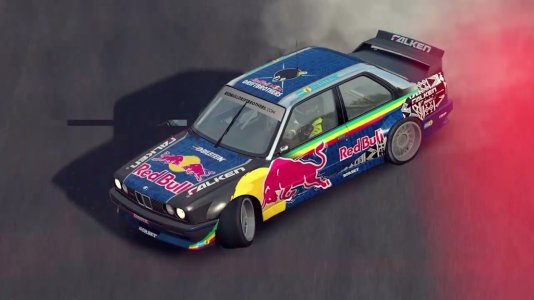Tim O'Glock submitted a new resource:
Setup Guide for High-Downforce Cars - beat every record with this one simple trick
Read more about this resource...
Setup Guide for High-Downforce Cars - beat every record with this one simple trick
I have decided to release my own setup guide for Automobilista. It focues on high-downforce cars and how they are affected by ride height changes. Among other things it explains how telemetry can be used to find the perfect ride heights of any car.
Below is a demonstration of the improvements that can be achieved within a matter of minutes by making use of the knowledge this guide equips you with. All I changed from the default setup are the ride heights, the thrid springs and the packers....
Read more about this resource...















